As someone without a background in photography, film, television, or media, I often find myself mystified by the objects I deal with on a daily basis. However, I regularly come across material that no amount of expertise can prepare you for. In this series I’m going to highlight some of the weird and wonderful objects I come into contact with down here in the museum’s collection stores.
Stereo-Viewers: Early 3D Imagery
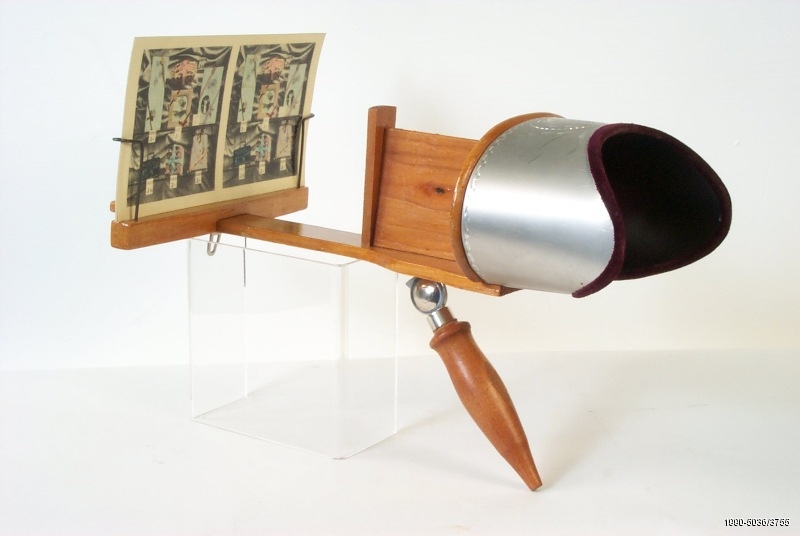
There’s been a lot of buzz in recent years about 3D technology. Things like James Cameron’s Avatar, the Nintendo 3DS, and a multitude of home 3D televisions made it seem like 3D would be the next big step in entertainment. Dissenters, however, claimed it was another short-lived fad. Regardless of where you fall on the idea, it can’t be denied that the 3D revolution that seemed possible in the early 2010s never really came about. But the idea of 3D entertainment never appears to completely die out. And it’s no wonder why; even the most simple of 3D effects is enough to wow us. It’s one of the highlights of any IMAX visit for me to see people reaching towards the screen to try and touch the images. But the reality of the technology never seems to capture the dream it’s selling.
The really interesting point about the 3D ‘fad’ is that it is not a new idea, not even remotely. 3D, in the form of stereoscopic images, is almost as old as photography itself. To illustrate this, the item I’m looking at today is a Holmes Type Stereo-Viewer; a device that overlaid two separate images to give a surprisingly good 3D effect. This was used to show off a wide variety of images, such as portraits:
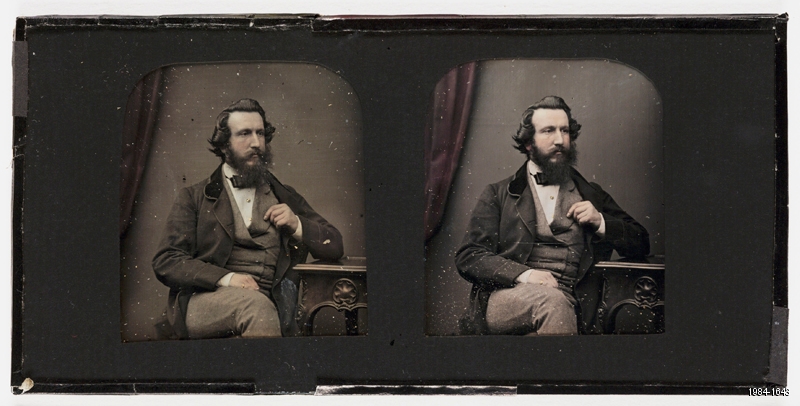
Still life images:
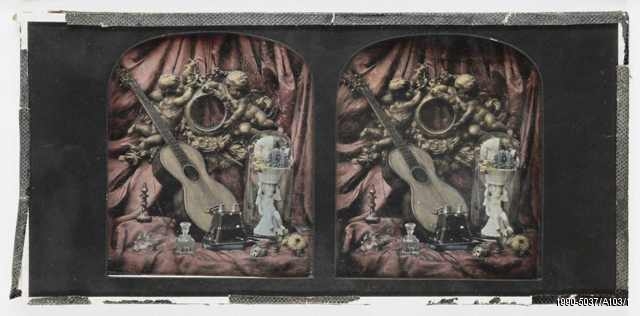
Or more fantastical scenes:
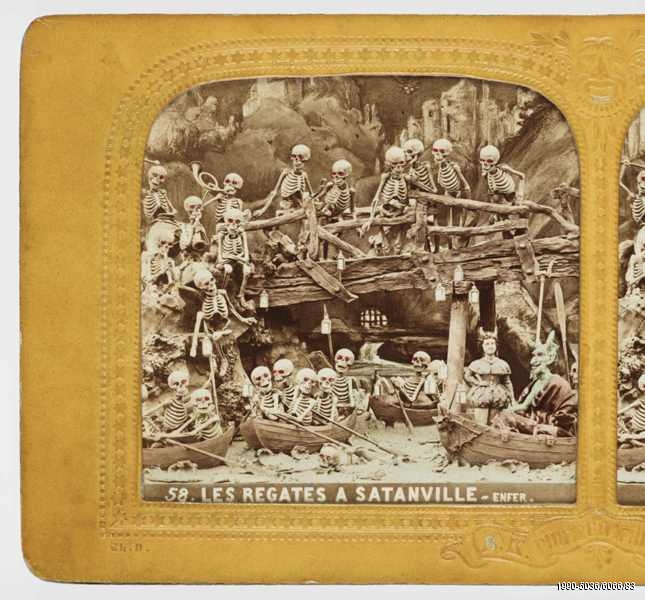
But these images could also be used for more practical purposes. For instance, the following images are micro-photographs to better illustrate plants and insects.
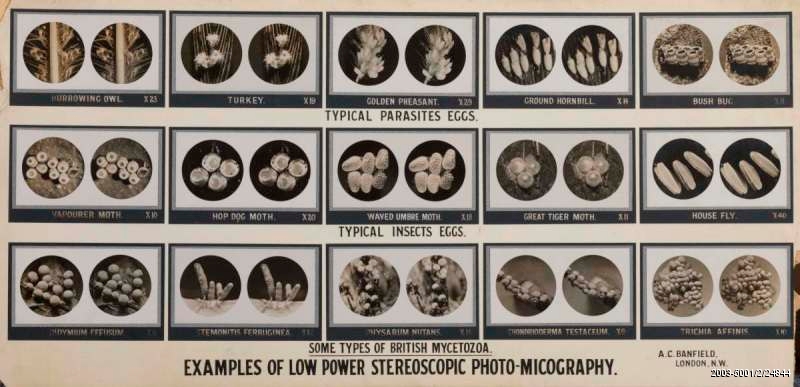
And stereo-images were used to provide more information on war fronts, like this example from the First World War.
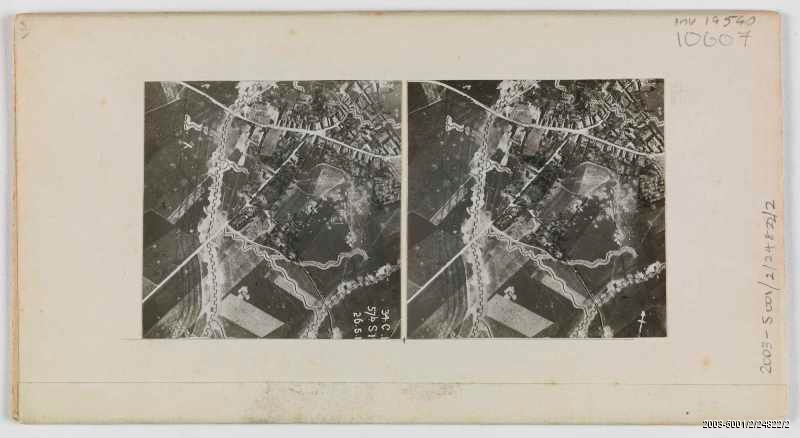
The viewers for these images were often grand affairs that were as much meant to be seen as be used. They were either large or otherwise ornamented in order to attract attention, as in the following cases.
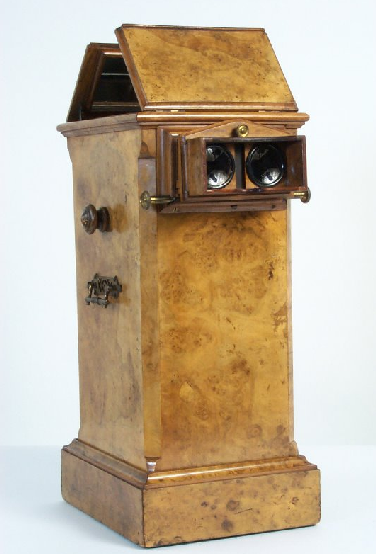
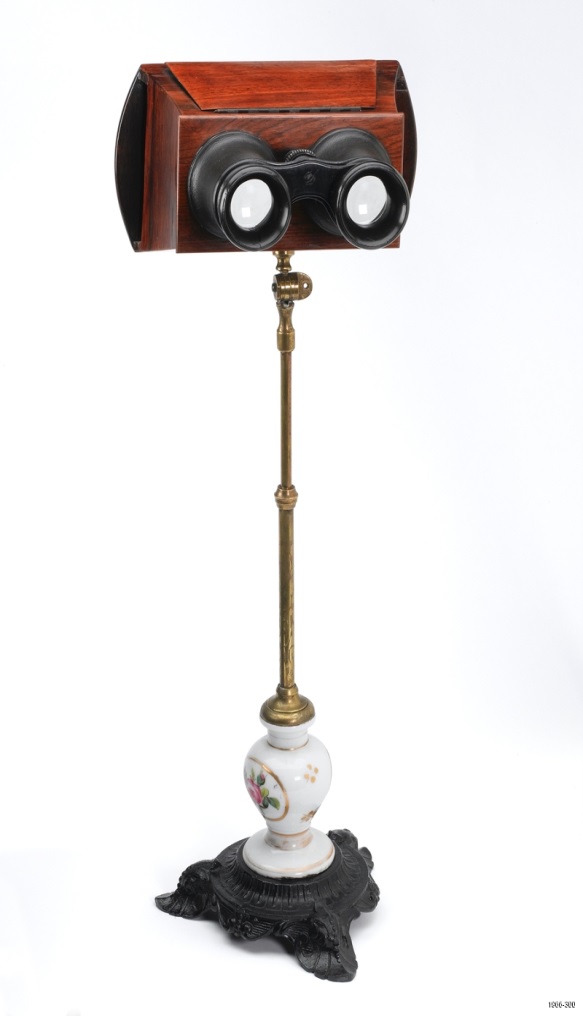
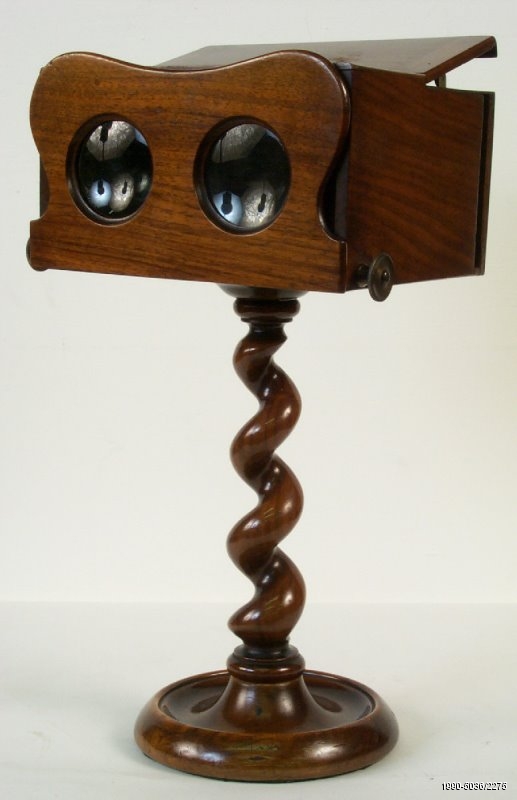
They would be given pride of place in the home so that people could use them, but also serve to highlight the wealth of the owner.
However, some viewers, such as the Holmes Type Stereo-Viewer, were designed to be much more affordable. The Holmes Type also had the added benefit of being portable, so it could be easily handed around, as well as saving space in the home. In essence, these viewers are very similar to the 3D glasses you can use in cinemas today.
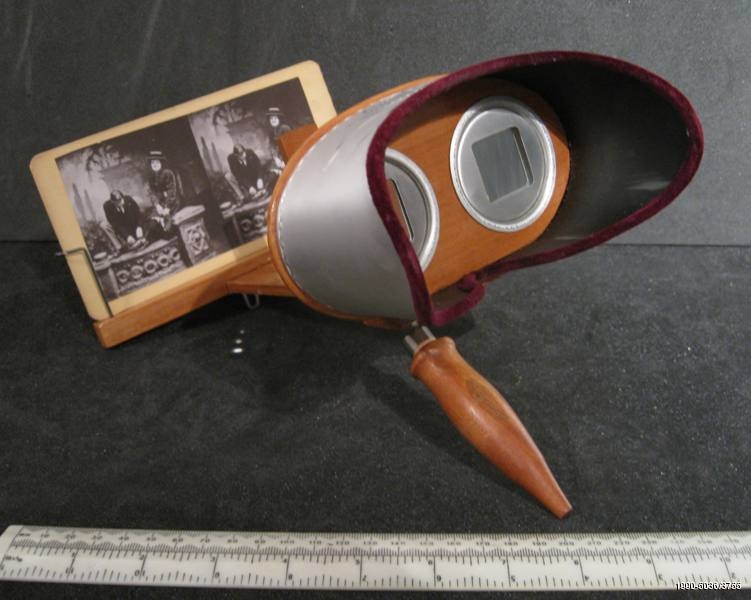
One comment on “Hidden Treasures of Our Collection: Stereo-viewers”